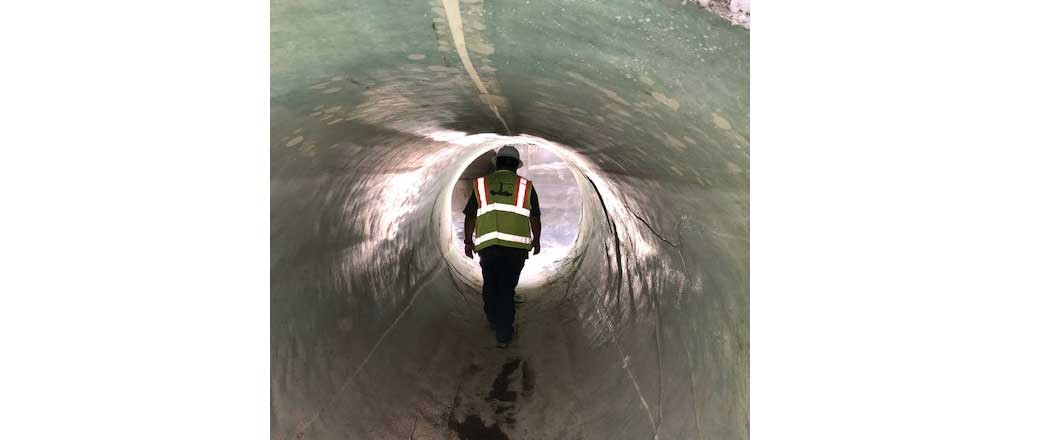
In many large metroplexes throughout the United States, major sewer trunk lines are located in the large drainage basins where significant rain events can wreak havoc. In these cities, controlling sewer flow is critical to managing system capacity issues and potential backups. The City of San Antonio, Texas, the seventh largest city in the United States, is one of those metroplexes and they faced the dual challenge of an aging and stressed infrastructure.
The San Antonio Water System (SAWS) serves a geographically dispersed population of more than 1.8 million people and more than 411,000 wastewater customers spread across the greater San Antonio area, within Bexar County and parts of Medina and Atascosa counties. The EPA consent decree program identified critical pipelines in the metroplex for mandated repairs. Named the SAWS Multiple Sewershed Package 2A project, the undertaking of this project consisted of the rehabilitation of six different sections totaling approximately 14,900 lf of existing pipe. In addition to using cured-in-place pipe (CIPP) to renew the aging pipes, the project included repairs to gravity sewer mains ranging from 24 to 72 in. and the partial demolition/repair/replacement of several large concrete structures spread across seven separate sites.
Alone, this would be the largest CIPP project in San Antonio’s history. However, SAWS recognized the opportunity to concurrently update its flow management system with a new design. The project had significant logistical challenges with sections situated under & across golf courses, city parks, flood plains and residential neighborhoods. In addition, the engineer for this project, CDS Muery, developed a novel design to implement metal flow plates that could be easily installed or removed to control flow management, replacing the problematic mechanical gates within their respective structures.
In addition to the sheer size of the CIPP rehabilitation project and the unique challenges faced during the job, this is the first project of its kind that utilized a flow-plate design for managing flows and the first set of structures to incorporate that design. The introduction of the new flow plate design created a more efficient method to manage the massive amounts of flow funneling daily through San Antonio’s sewer system.
The old flow structures had mechanical gates that over time became inoperable. The outdated gates required significant maintenance and would often freeze, causing their fragile stems (used to raise and lower the gates) to snap when operated. This crippled the ability of SAWS to shift the heavy flows to different pipelines or basins and, as a result, left them powerless to take lines out of service. Oftentimes, the broken gates were just left unutilized and routine repairs turned into costly ones that required pulling the lid on the structure and bypassing the lines.
By using a flow plate design, all seven structures became accessible for diverting increased flows, significantly increasing SAWS ability to manage the overburdened lines. If individual pipelines needed isolation, the SAWS teams have the ability to do that, as well. Most importantly, this investment in a new setup created a tremendous advantage over the old system because it is virtually maintenance free. The flexibility of the new flow plate design also gave SAWS the ability to interchange plates across all of the structures, creating a substantial improvement and reduction in maintenance.
As a direct result of the success of the new flow plate design solution, other U.S. metroplexes with similar issues are planning to incorporate the design. This was the first time this technology had ever been used for SAWS and it likely won’t be the last.